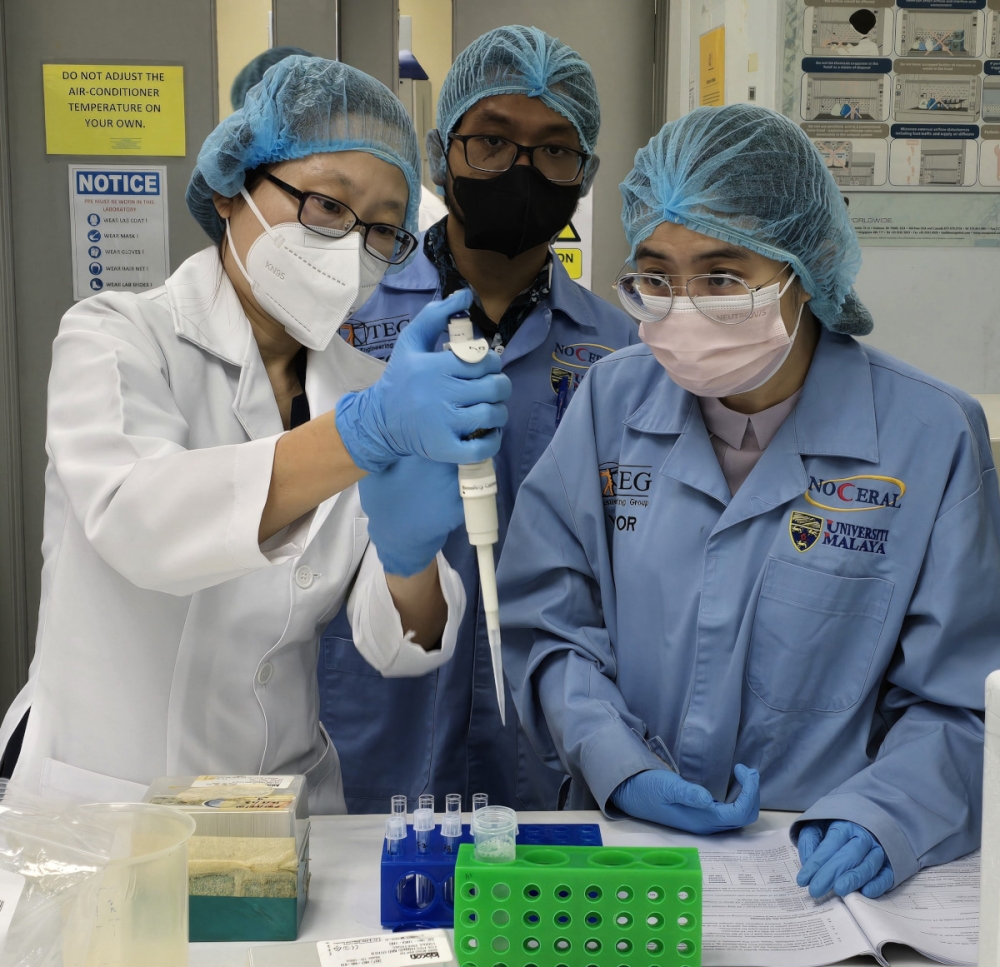PETALING JAYA, Sept 12 — At first glance, it’s just another outpatient visit. A patient in her late sixties walks in with persistent knee pain; something she’s grown used to over the years. A few scans, a prescription for physiotherapy, and perhaps a plan for surgery somewhere down the line.
But what if the system could do more? What if, from a simple set of patient data and tissue samples, we could predict the disease trajectory, and tailor a personalised treatment to match?
That’s the vision behind a new project led by Professor Dr Azlina Amir Abbas from the Faculty of Medicine, Universiti Malaya. And at the heart of it is an intelligent engine powered not by guesswork, but by data.
The slow crisis of knee osteoarthritis
Knee osteoarthritis (KOA) is a silent but growing burden in Malaysia. As the population ages and life expectancy increases, more people are experiencing debilitating joint pain that affects mobility, independence, and quality of life.
Yet, for all its prevalence, KOA treatment remains stuck in a cycle of generalised care. Most often than not starting with painkillers and physiotherapy, perhaps some injections into the joint, and eventually leading to surgery.
“The current approach is still very trial-and-error. We don’t always know which patient will benefit from which treatment; or how fast their disease will progress. That’s where we need to do better,” said Dr Azlina.
Precision meets potential
Supported by RM250,000 from the AI for Medicine Research Grant Scheme 2025, Dr Azlina and her team are building an AI-enabled clinical decision support system that does exactly that: predict KOA progression and suggest personalised treatment strategies based on each patient’s unique profile.
This isn’t just data science. It’s multi-modal medicine, blending medical imaging, clinical records, and most crucially, single-cell transcriptomic data.
Using samples collected from patients undergoing knee surgery, the team is mapping out the molecular signatures of KOA at unprecedented resolution. By zooming into individual cells from cartilage, bone, and synovium, they’re creating a cellular atlas of the disease; something that doesn’t currently exist for South-east Asian populations.

UM researchers in action.
“The goal is to uncover the hidden subtypes of KOA,” said Dr Tan Sik Loo, one of the project’s key researchers.
“Two patients may have the same symptoms, but very different underlying biology. And that matters a lot.”
Building tools, not just knowledge
The project has three aims:
- Build and validate the AI tool using retrospective and prospective patient data.
- Construct a high-resolution molecular atlas of KOA using single-cell RNA sequencing (scRNA-seq).
- Identify molecular biomarkers and subtypes using machine learning to classify risk and guide therapy.
The endgame?
A clinician-friendly dashboard that provides interpretable predictions, and not just black-box answers. The tool will also feature explainable AI methods like SHAP and LIME, which highlight why the system makes certain predictions.
It’s clearly not meant to replace doctors; but to support their decision-making with insights grounded in data.
A Malaysian-first, with global potential
What makes this project especially significant is its local grounding. Most AI health tools are trained on data from Western populations — which often don’t translate well to Asian physiology or disease patterns.
By collecting and analysing samples from Malaysian patients, this initiative introduces a much-needed South-east Asian lens into global osteoarthritis research.
It also positions Universiti Malaya as a leader in AI-powered musculoskeletal precision medicine, an area that’s historically received far less attention than fields like cancer or cardiology.
“We’re not just building a model. We’re building capacity, partnerships, and a new way of thinking about chronic disease,” Dr Azlina stated.
Toward smarter knees and smarter care
As the lab work continues and the first wave of sequencing data comes in, the team remains grounded in their clinical mission.
If successful, this system could eventually help clinicians decide with greater confidence: who needs surgery, who can avoid it, and which patients are likely to respond to emerging therapies.
It’s a step forward not just for the science of osteoarthritis, but for the patients whose lives are shaped by it.
And much like the knee it aims to protect, that step is built on something small, intricate, and full of promise.






